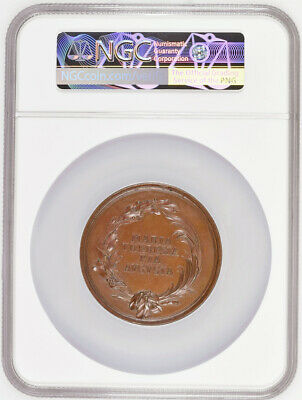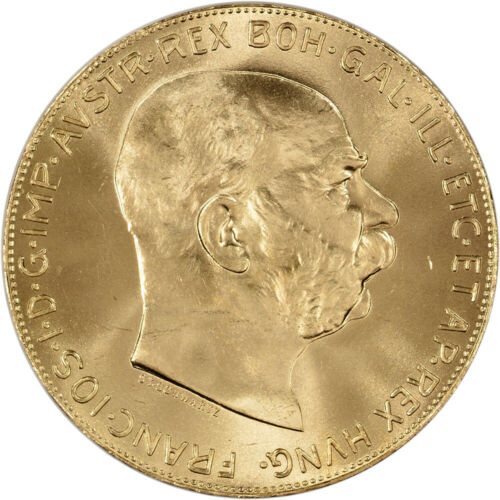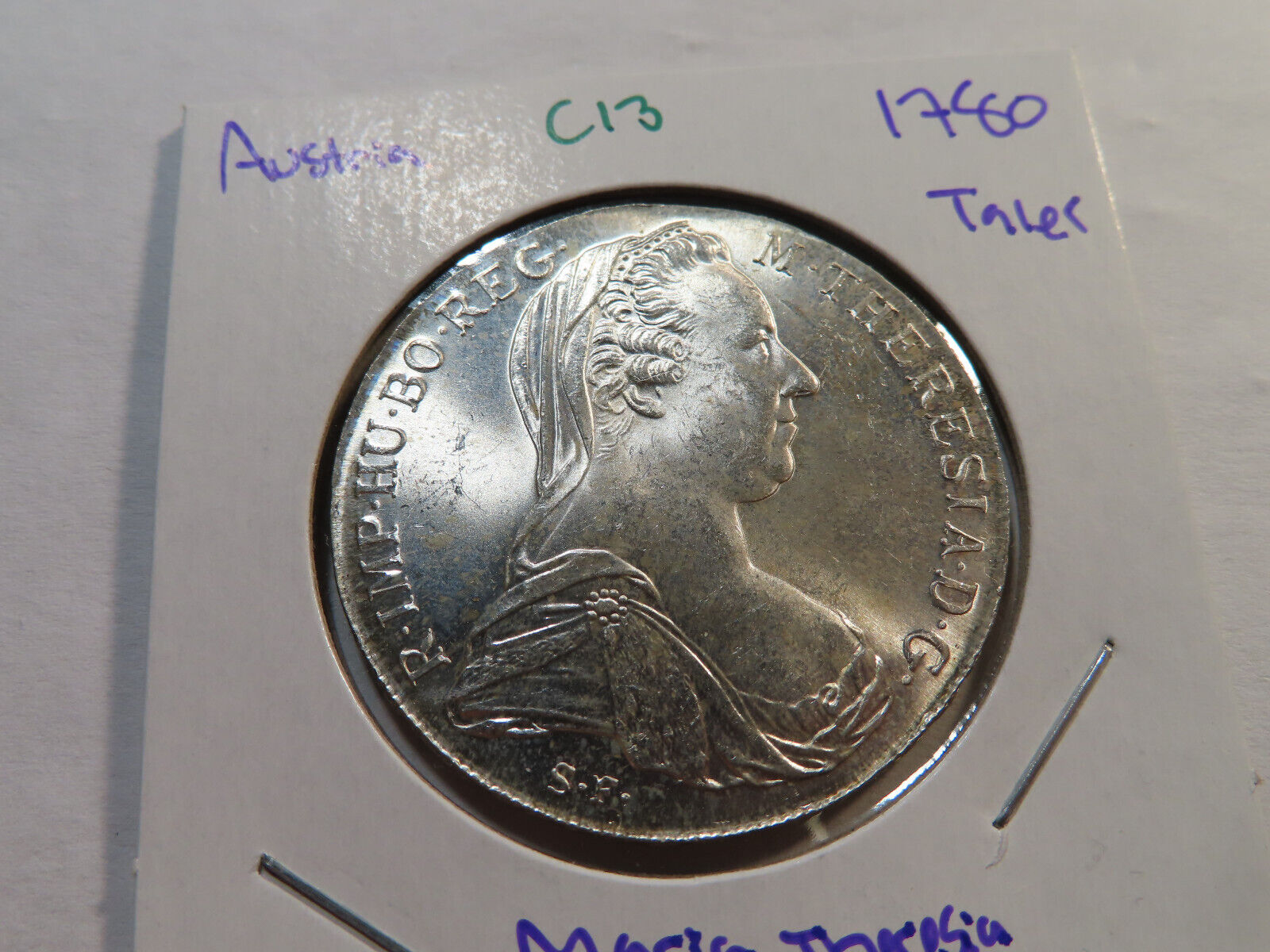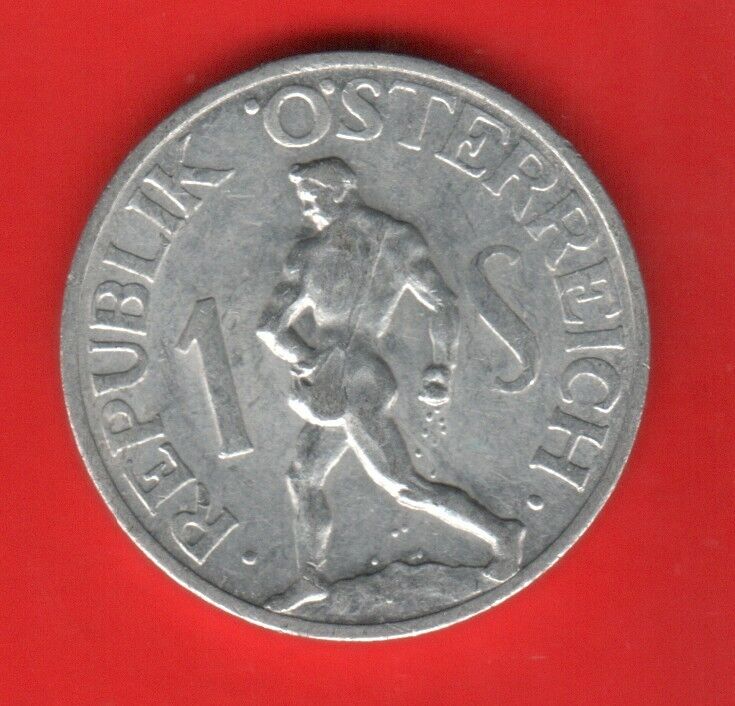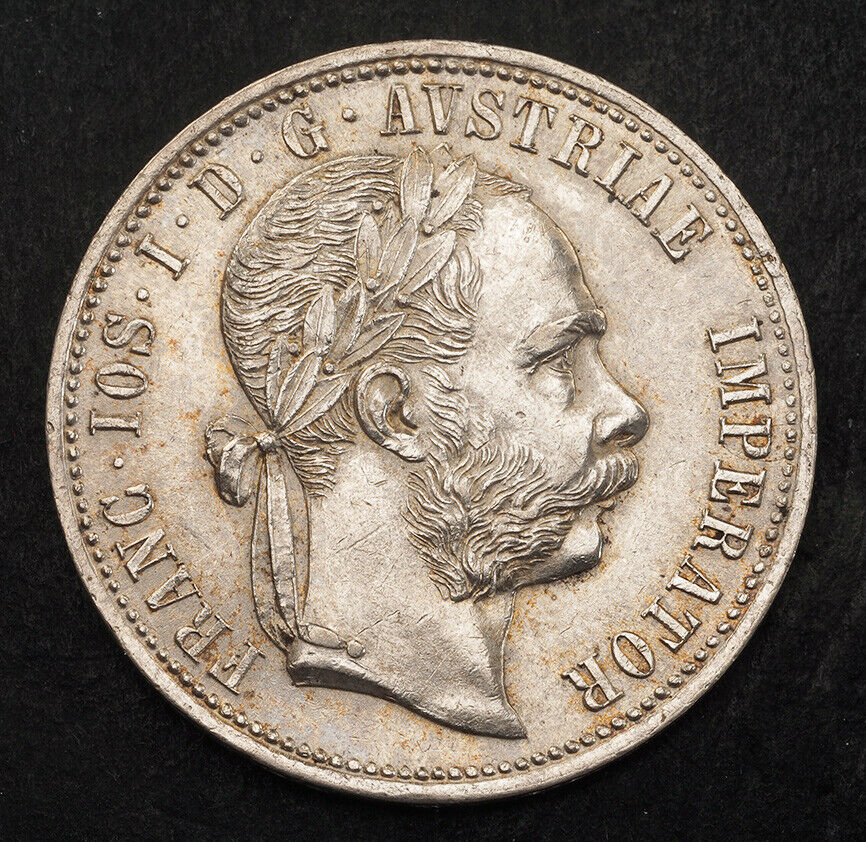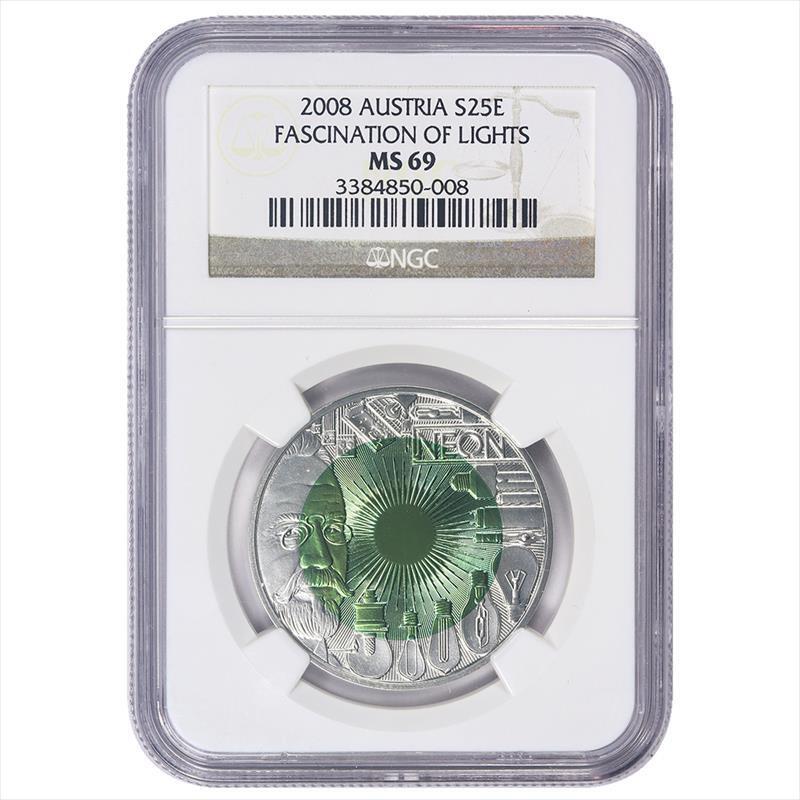-40%
1765, Empress Maria Theresa. "Transylvania Law Reform" Medal. Top Pop! NGC MS63!
$ 292.33
- Description
- Size Guide
Description
CoinWorldTV1765, Empress Maria Theresa. " Transylvania Law Reform" Medal. Top Pop! NGC MS-63!
Mint Year: 1765
Medallist: F. Würth (W.)
Reference: Montenuovo 1968, Julius 1931, Resch 185.
Condition:
Certified and graded by NGC as MS-63 BN!
Denomination: Medal -
Reformation of municipal laws in Transylvania und Maria Theresa in 1765.
Material: Copper
Diameter: 59mm
Weight: 69gm
Obverse:
Oval medallion with the bust of the Empress left on book of laws, fasces and sword in saltire and scales. All on olive-wreath. Coat-of-arms of Transylvania below.
Legend: IUSTITITA ET CLEMENTIA / CVRA FORI
Reverse:
Inscription in five lines within wreath.
Legend: MARIA THERESA PIA AVGVSTA
Transylvania
is a historical region that is located in central Romania. Bound on the east and south by its natural borders, the Carpathian mountain range, historical Transylvania extended westward to the Apuseni Mountains. The term sometimes encompasses parts of the historical regions of Crișana and Maramureș, and occasionally the Romanian part of Banat.
Transylvania is a historical region in central and northwestern Romania. It was part of the Dacian Kingdom (2nd century BC–2nd century CE), Roman Dacia (2nd–3rd centuries), the Hunnic Empire (4th–5th centuries), the Kingdom of the Gepids (5th–6th centuries), the Avar Khaganate (6th–9th centuries) and the 9th century First Bulgarian Empire. During the late 9th century, western Transylvania was reached by the Hungarian conquerors[1] and later it became part of the Kingdom of Hungary, formed in 1000.
After the Battle of Mohács in 1526 it belonged to the Eastern Hungarian Kingdom, from which the Principality of Transylvania emerged. During most of the 16th and 17th centuries, the principality was a vassal state of the Ottoman Empire; however, the principality had dual suzerainty (Ottoman and Habsburg).
In 1690, the Habsburg Monarchy gained possession of Transylvania through the Hungarian crown. After 1711 Habsburg control of Transylvania was consolidated, and Transylvanian princes were replaced with Habsburg imperial governors. After the Austro-Hungarian Compromise of 1867, the separate status of Transylvania ceased; it was incorporated into the Kingdom of Hungary (Transleithania) as part of the Austrian-Hungarian Empire. After World War I, Transylvania became part of Romania. In 1940 Northern Transylvania reverted to Hungary as a result of the Second Vienna Award, but it was reclaimed by Romania after the end of World War II.
Authenticity unconditionally guaranteed.
Bid with confidence!
Maria Theresa
(German:
Maria Theresia
, see also other languages; May 13, 1717 – November 29, 1780) was a reigning Archduchess of Austria, a Queen of Hungary and Bohemia, and a Holy Roman Empress.
Maria Theresa was the oldest daughter of Elisabeth Christine of Brunswick-Wolfenbüttel and Emperor Charles VI, who promulgated the Pragmatic Sanction to allow her to succeed to the Habsburg monarchy. Opposition to her acceding to the throne led to the War of the Austrian Succession in 1740. After Emperor Charles VII, who claimed the throne, died in 1745, Maria Theresa obtained the imperial crown for her husband, Francis I. Though she was technically empress consort, Maria Theresa was the de facto ruler of the nation, and she began styling herself Holy Roman Empress in 1745. Maria Theresa had in fact already begun her rule in 1740 during the Austrian War of Succession.
Maria Theresa helped initiate financial and educational reforms, promoted commerce and the development of agriculture, and reorganized the army, all of which strengthened Austria's resources. Continued conflict with the Kingdom of Prussia led to the Seven Years' War and later to the War of the Bavarian Succession. She became dowager empress after the death of Francis and ascession of her son Joseph as emperor in 1765. Maria Theresa criticized many of Joseph's actions but agreed to the First Partition of Poland (1772). A key figure in the power politics of 18th century Europe, Maria Theresa brought unity to the Habsburg Monarchy and was considered one of its most capable rulers. Her 16 children also included Marie Antoinette, queen consort of France, and Leopold II, Holy Roman Emperor.
Only 1$ shipping for each additional item purchased!



